Now the most popular internet celebrity Trump is back in the White House. Recently, he seems to have discovered a super secret. This secret is what the politicians in Washington have been talking about for decades but have never figured out.
That is, as long as the United States does not take the initiative to provoke China, looking around, no one in the world can compete with the United States.
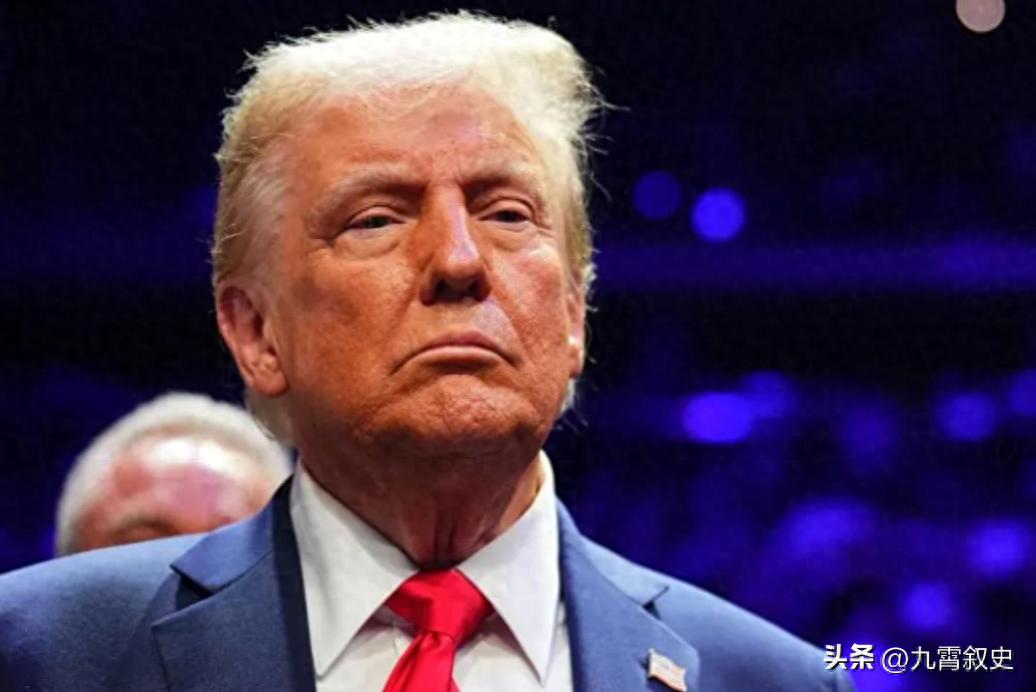
Let’s talk about the EU first. On July 27, Trump announced that the United States and the EU had reached a new trade agreement, which would impose a 15% tariff on goods exported from the EU to the United States.
The EU also promised to invest $600 billion more in the United States than before to buy American weapons and $750 billion worth of American energy products.
The British BBC said that this agreement is a huge win for the United States, but the European Union seems to have gained nothing.

In 2024, the total trade volume between the United States and the European Union was US$976 billion. The United States imported US$606 billion worth of goods from the EU, and the EU earned a US$236 billion trade surplus.
According to the new agreement, the United States can collect $90 billion from tariffs alone and obtain hundreds of billions of dollars in investment from the European Union.
In order to reduce tariffs to 15%, the EU would have to spend at least $1.35 trillion to buy American products. Trump believes that this requirement can be used to reduce the trade deficit between the United States and Europe.
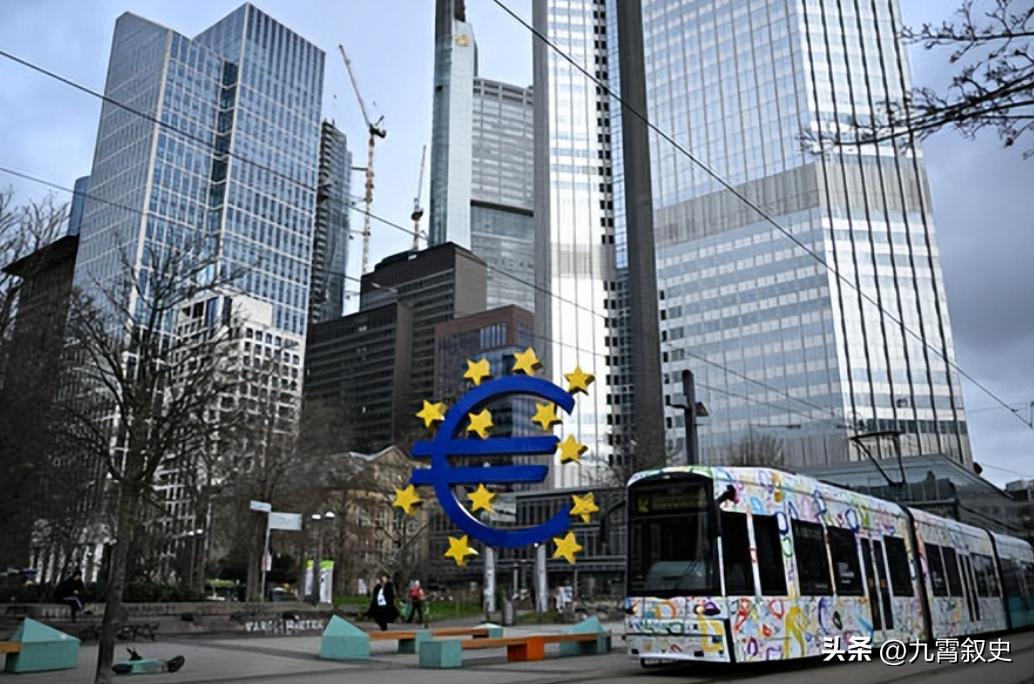
With the United States almost winning, EU leader Ursula von der Leyen may have finally understood what the Chinese side meant when she visited China a while ago: “The biggest challenge facing Europe now is not China.”
This is indeed the case. The EU finds all kinds of faults with China, but when it comes to the United States, it can only swallow its anger. In the end, it can only use Europe’s own interests to subsidize the United States, giving Trump another victory to show off.
Speaking of Japan, on July 22, US President Trump announced on social media that an “unprecedented grand agreement” had been reached between the United States and Japan.
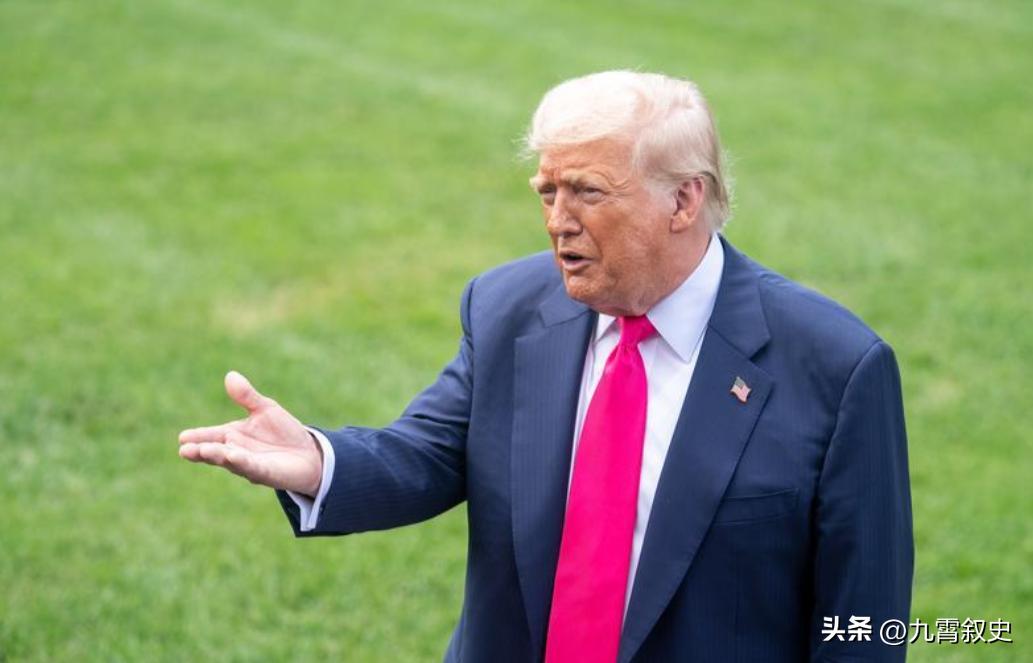
According to the agreement, the United States will impose a 15% “reciprocal tariff” on Japan, and Japan will have to significantly open up its automobile and agricultural product markets.
To put it bluntly, this is a blatantly unfair clause. The United States not only wants to collect tariffs from Japan, but also forces Japan to open its market. The most important thing is that Japan has to increase its investment in the United States.
The number of Japanese companies that can make it into the Fortune Global 500 has dropped from over 140 to just over 40 now.
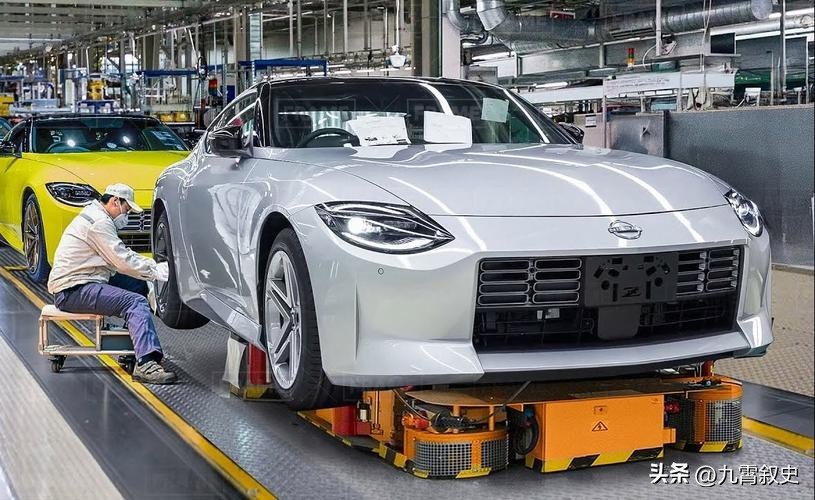
Among these more than 40 companies, apart from a few large financial companies, the rest are mainly automobile companies such as Toyota, as well as companies in related industries.
In the past two years, Japan has often had trade deficits. The main reason is that the high-end industries that they used to be proud of have now been overtaken by others, and only automobiles can still hold on.
If the United States maintains auto tariffs for a long time, Japanese auto companies will find it difficult to make money and will be forced to transform, and may eventually decline.
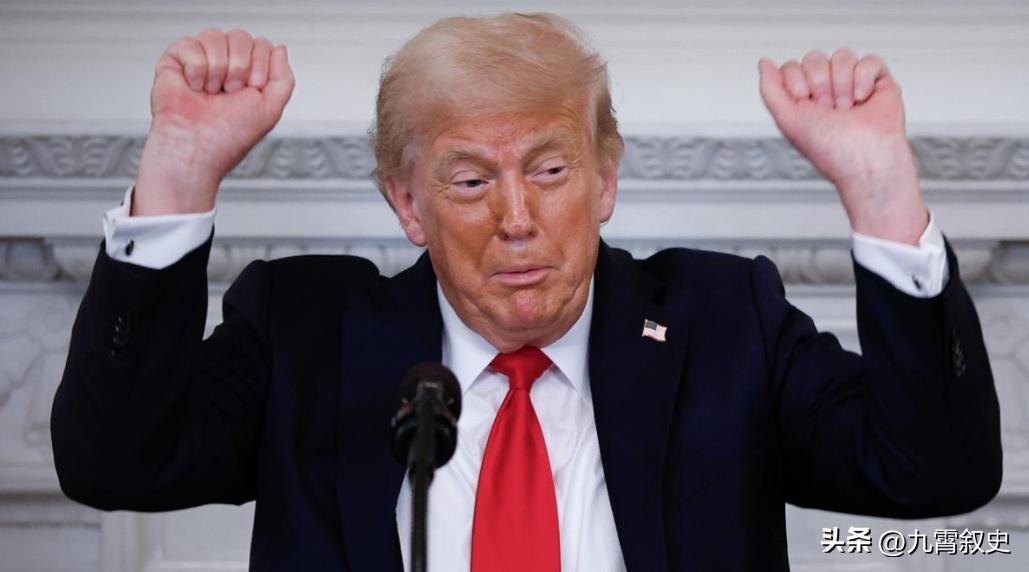
On the surface, it seems that Japan has managed to keep its own industry, but in fact this is just the beginning of hard times, because most of the profits are now taken away by the United States, and Japan itself actually gets nothing.
Speaking of Southeast Asia, Thailand and Cambodia have been fighting over the border and the “call recording gate” incident in recent days. So far, more than one hundred people have been killed or injured, and more than 100,000 people have been forced to flee.
Fortunately, China and the United States stepped in to mediate, and the two sides began ceasefire negotiations, and the situation was temporarily stabilized.
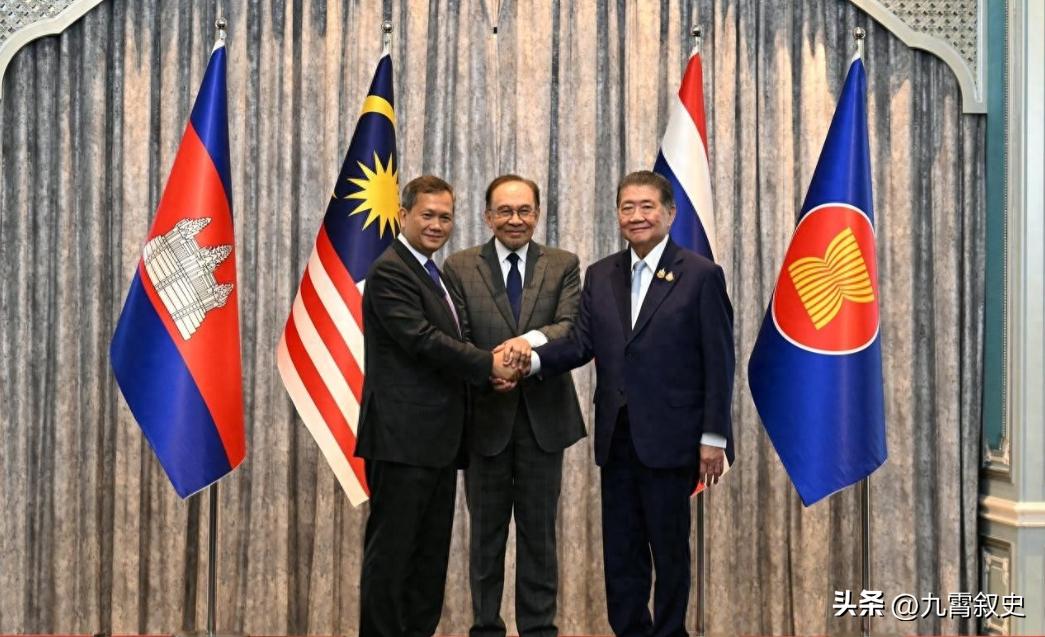
Malaysia is currently the rotating chair of ASEAN, so this round of negotiations was arranged in Malaysia, and the Malaysian Prime Minister also became the host of the negotiations, responsible for coordinating matters between the two sides.
Before the negotiations even began, US President Trump publicly stated that Cambodia and Thailand were able to cease fire because he had forced them to do so by threatening them with tariffs.
As early as July 26th local time, Trump posted online that he had called Cambodian Prime Minister Hun Manet and Thai Acting Prime Minister Puttan respectively that day, meaning that the United States will only consider negotiating a trade agreement with you only if the two of you end the border conflict first.
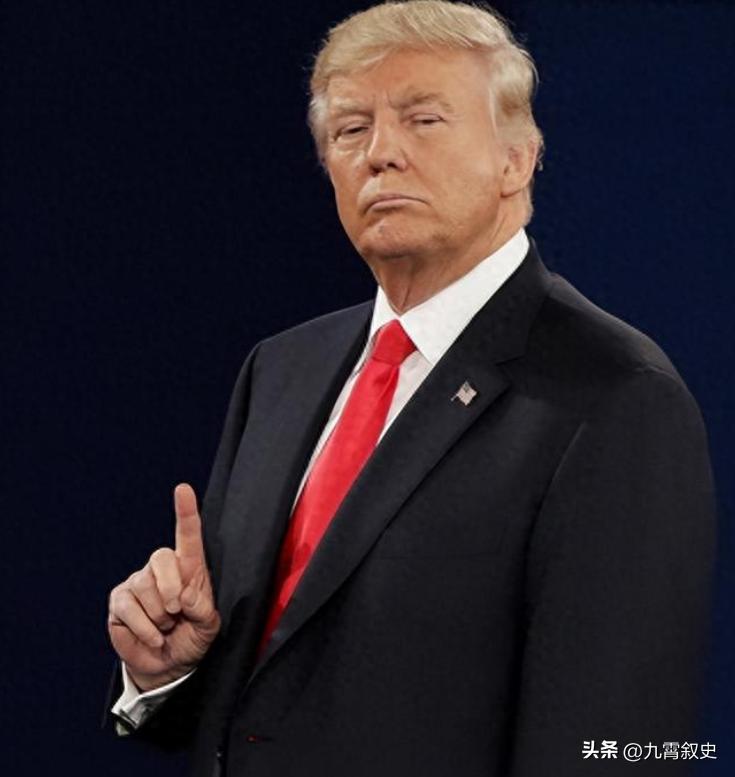
You should know that in the middle and early part of this month, Trump wrote to the leaders of more than 20 trading partners, informing them that the United States will impose tariffs ranging from 20% to 50% on these countries starting from August 1, in order to force them to sign a trade agreement with the United States.
Among them, Thailand and Cambodia will be charged a 36% tariff. Now it seems that the time is almost up, and the author believes that both sides are likely to compromise.
However, among these countries, China is a complete exception. China is the first non-Western country in hundreds of years that can go head-to-head with Western countries in almost all fields. This is not bragging, but is supported by real data.
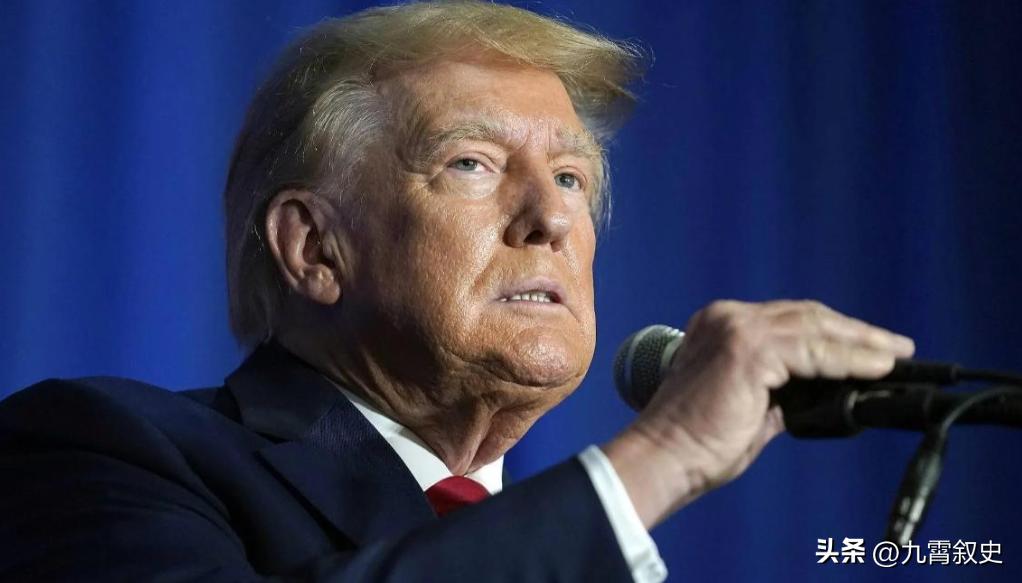
During the Sino-US trade war in 2018, the United States imposed a 245% tariff on Chinese goods, far exceeding the 125% “trade death line” stipulated by the World Trade Organization.
But China did not collapse. Instead, it adjusted its export direction and stabilized the situation by relying on new channels such as the Belt and Road Initiative and RCEP. By 2023, China’s economic growth rate will be 5.2%, while the United States will only be 2.5%, and the European Union will be even worse, at only 0.5%.
China’s new energy vehicles sold 9 million units worldwide in 2023, accounting for more than half, and its wind and solar equipment production capacity ranked first in the world.
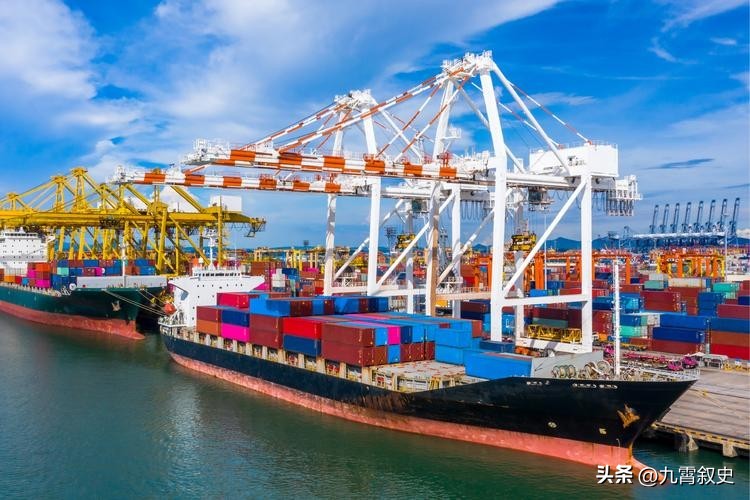
In 2024, China applied for 100,000 AI patents, and Japan could not even catch up with a fraction of that. Huawei’s 5G technology accounts for one-third of the world’s total, and it can even conduct Mars exploration on its own.
These achievements made Trump realize that China has a complete industrial chain and strong technological capabilities. It is easy to contain small countries, but it is useless against China.
RCEP has boosted the economies of its member countries by 8%, and the BRICS Bank’s loans have doubled in half a year. Trading partners around the world are more willing to do business with China because its products are good and cheap, and orders are coming in one after another.

The global economic landscape is quietly changing. The United States’ previous method of containing small countries does not work at all on China. China is already building its own system.
Trump actually knows very well that when facing China, the game is completely different, and the stakes are the future of the entire United States.
So he later discovered in that seemingly simple and crude century that as long as he didn’t provoke China, it was not cowardice, but a very shrewd and realistic strategy for him as a businessman.